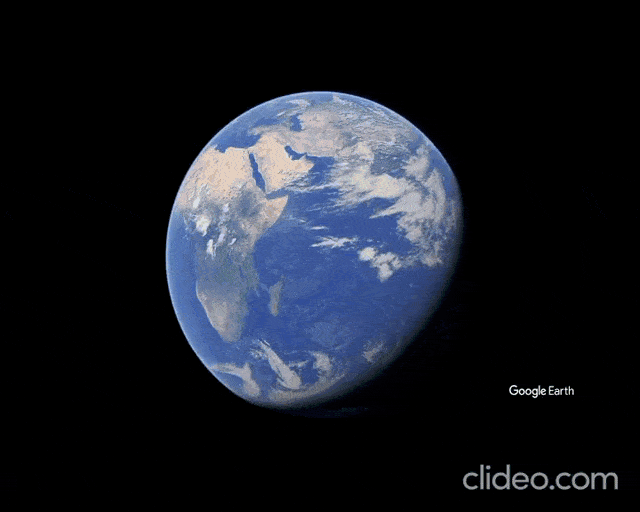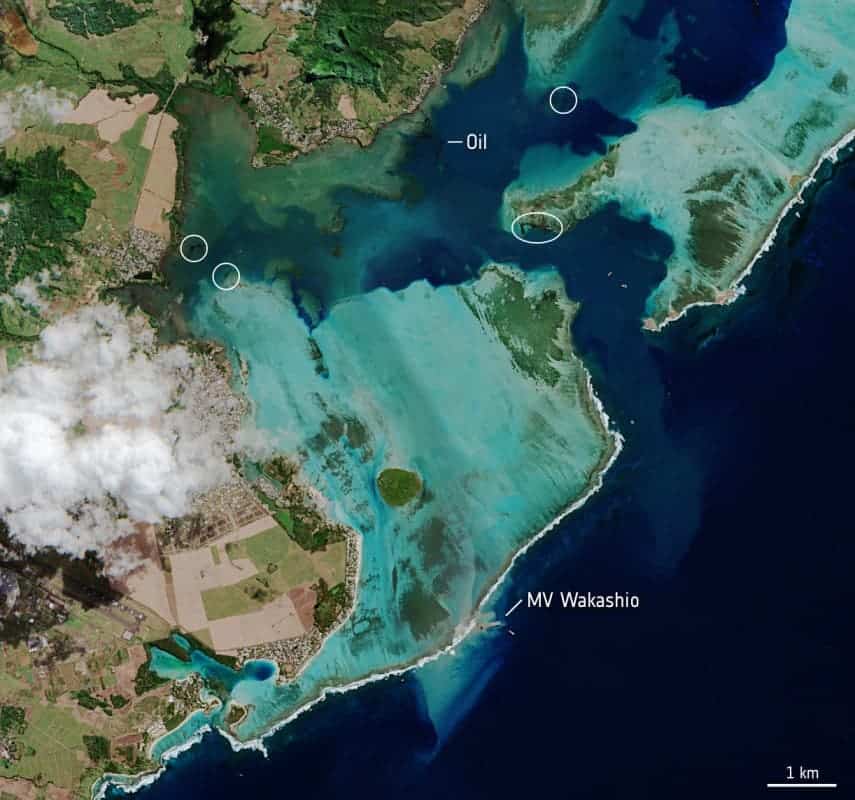Thanks to the laudable efforts of salvage crews, almost all the fuel from the giant Japanese cargo ship that has caused a massive oil spill near the coast of Mauritius has been pumped off.
It was a race against time as authorities feared the ship would break apart, but it seems that things are finally under control as most of the oil has been cleaned up, says Prime Minister Pravind Jugnauth.

The bulk-carrier is believed to have been carried 4,000 tons of fuel oil, 3,000 of which were pumped out. A small amount remains on board, and the rest has been spilled into the ocean. However, if the 3,000 tons hadn’t been pumped out, the spill would have been much, much worse.
The fuel was taken to shore by a helicopter and another ship owned by the same Japanese company, Nagashiki Shipping. Police spokesperson Shiva Cooten said that they “still have work to do but the situation is all under control,” while the Prime Minister celebrated the “excellent work.”
The ship ran aground in late July at Pointe d’Esny, a known sanctuary for rare wildlife. The area also has wetlands designated as a site of international importance.
The ship sat for over a week before cracks emerged in its hull, leaking around 1,000 tons of fuel into the water and causing an environmental disaster.

The oil leaked into the Mahebourg Lagoon, a scenic spot known for its turquoise waters. The government banned sand extraction from the lagoon in 2001 and has been working on rejuvenation efforts since then. Results were paying off, as marine life had returned and corals were growing before the spill. The oil spill could have undone all the work done so far and caused even more damage.
The Prime Minister declared a state of emergency and appealed for international help. France replied by sending a military aircraft with pollution-control equipment from its nearby island of Réunion, while Japan sent a six-member team to assist the French efforts. Local coast guards and police units are also at the site, and the local population has also rushed to help.
Dozens of volunteers went to the area to help. Some collected straw from fields and filling sacks to make barriers against the oil or even made their utensils to help. Others have been cleaning up the island’s oil-covered beaches.
The government told volunteers to stop and leave any efforts to officials. But people and local organizations are carrying on, wanting to help and also distrusting the authorities’ efforts in general. Back in 2016, a bulk carrier ran aground in Mauritius. There was a fight on board and the ship lost power before drifting to Mauritius, without the coastguard noticing any of this.
Greenpeace Africa warned that “thousands” of animal species are “at risk of drowning in a sea of pollution, with dire consequences for Mauritius’ economy, food security, and health”. Meanwhile, Vassen Kauppaymuthoom, a local oceanographer, said residents were “breathing vapors of oil.”
Mauritius is a biodiversity hotspot with a high concentration of plants and animals unique to the region. Its marine environment is home to 1,700 species including around 800 types of fish, 17 kinds of marine mammals and two species of turtles, making it very rich in biodiversity.
Around 25% of fish in the ocean depend on healthy coral reefs, according to the National Oceanic and Atmospheric Administration of the US. They protect coastlines from storms and erosion and are the major pillars of the local tourism industry which is a big part of the country’s economy.


